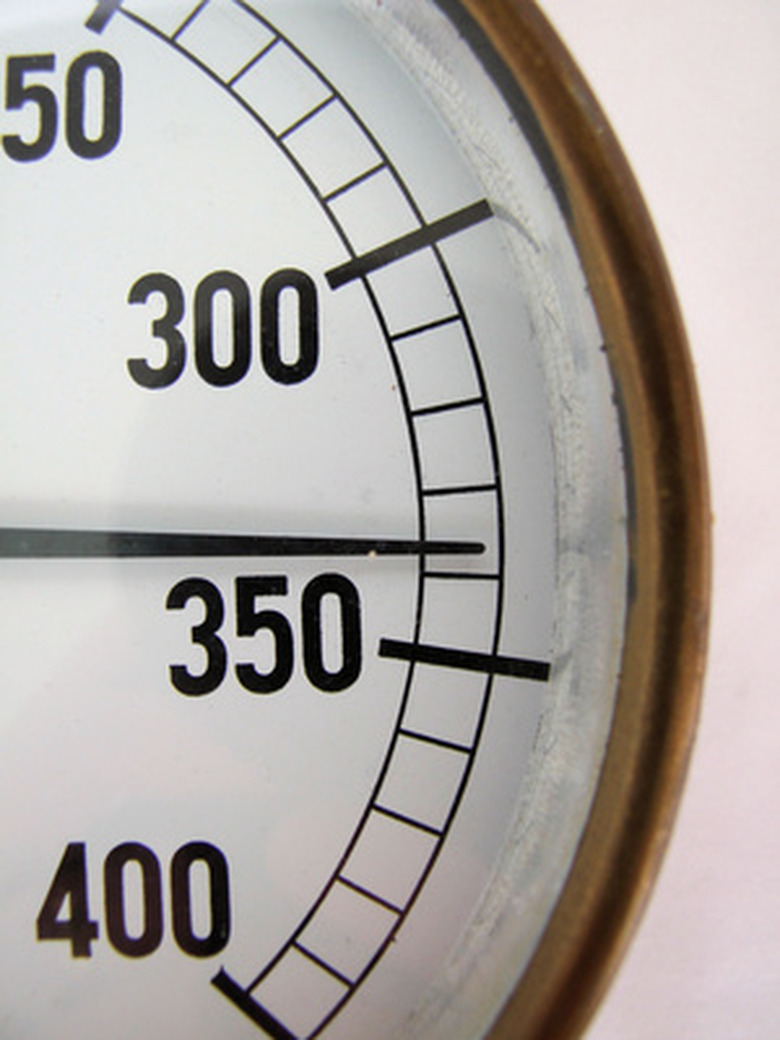How To Replace A Float Gauge On An Oil Tank
Things Needed
-
Pipe wrench
-
Replacement float gauge
-
Long pipe
-
Penetrating oil lubricant
-
Flashlight
-
5-foot length of wire
-
Wire brush
-
Anti-seize
Tip
Clean the top of the tank first to avoid having debris fall into the hole when you take the cap off of the oil tank.
Warning
Do not let the hatch stay open for an extended period of time. The oil fumes can escape and cause breathing problems and nausea.
Many older homes have heating systems that require an oil tank. Many of the oil tanks have been in the house for a very long time. This will cause the homeowner two problems. First, the gauge inside the tank will eventually fail and the longer it has been in there, the greater the chances of failure. Second, the cap to get to the gauge will probably be rusted so that when it is time to change the gauge, it will be very difficult to do so.
Step 1
Spray penetrating oil on the threads of the cap on which the oil gauge sits. Wait for about half an hour for the penetrating oil to work. If there is some anti-rust paint around the cap, scrape it off with a wire brush before applying the penetrating oil.
Step 2
Turn the cap counterclockwise with a pipe wrench. If the tank has been there for a long time the cap may be rusted in place. Put the pipe over the pipe wrench to give you more leverage. Turn the cap slowly and deliberately at first and avoid shocking it so as not to ruin the threads or break the cap. Remove the cap.
Step 3
Use a flashlight to illuminate inside the tank and find the float that is at the end of the float arm. Bend a hook into the end of the wire and insert it into the hole. Hook the float with the hook and pull the float arm up toward the float gauge pipe that is sticking down into the tank. The float arm is attached to the bottom of the float gauge pipe and you want it to be as close to the pipe as possible to fit through the hole.
Step 4
Pull the whole float gauge assembly out of the tank. Keep the float gauge against the float gauge pipe until it is out of the hole. Insert the new float gauge assembly into the hole.
Step 5
Smear anti-seize on the threads of the cap and put it in place over the hole in the top of the tank. Screw the cap on with the pipe wrench and make sure that you have a tight seal.
